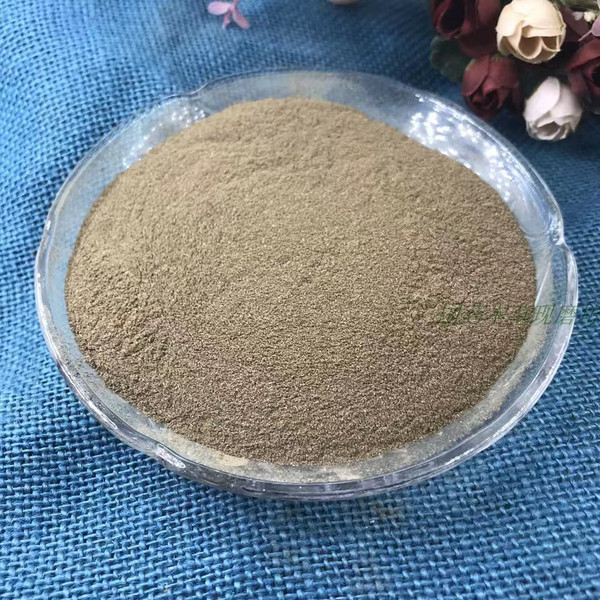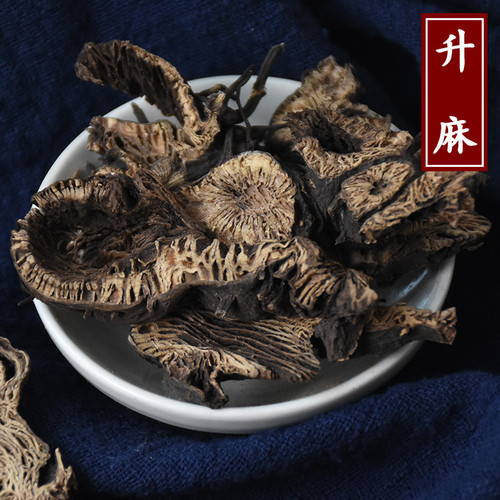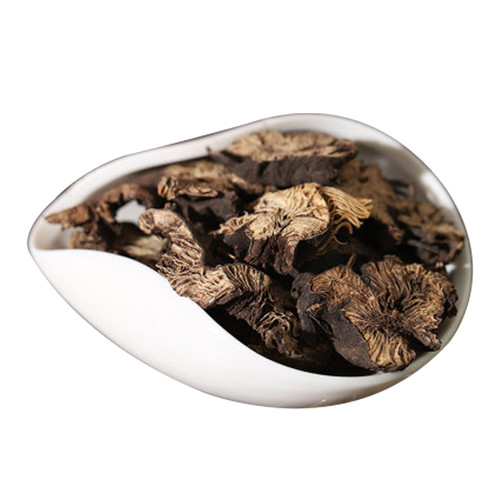Product Overview
Parts used: Dried rhizome
TCM category: Cool/Acrid herbs that release the Exterior
TCM nature: Cool
TCM taste(s): Pungent Sweet
Meridian affinity: Spleen Stomach Large intestine Lung
Scientific name: Cimicifuga heracleifolia, Cimicifuga dahurica or Cimicifuga foetida
Other names: Cohosh
Use of bugbane rhizomes (Sheng Ma) in TCM
Please note that you should never self-prescribe TCM ingredients. A TCM ingredient is almost never eaten on its own but as part of a formula containing several ingredients that act together. Please consult a professional TCM practitionner, they will be best able to guide you.
Preparation: Remove impurities, wash and soak in water, slice and dry.
Dosage: 3 - 9 grams
Main actions according to TCM*: Relieves the Exterior, scatters Wind and clears Heat. Allows the release of toxicity from the skin and clears Heat. Raises the Yang associated with Middle Qi Deficiency. Directs herbs upwards. Cools the Blood.
Primary conditions or symptoms for which bugbane rhizomes may be prescribed by TCM doctors*: Headache Toothache Mouth ulcers Sore throat Measles Uterine prolapse Rectal prolapse
Contraindications*: Should not be used by those who have full blown measles or by those with Yin Deficiency. It should also not be used by those with Excess in the upper regions and Deficiency in the lower part of the body.
Common TCM formulas in which bugbane rhizomes are used*:
For measles and rashes combine bugbane rhizomes with greater burdock fruits (Niu Bang Zi), wild mint (Bo He) and kudzu roots (Ge Gen).
For Heat in the Stomach with symptoms of toothache, mouth sores, facial swellings, bad breath and dry mouth combine bugbane rhizomes with goldthread rhizomes (Huang Lian), mudan peony bark (Mu Dan Pi), unprepared rehmannia (Di Huang) and dong quai (Dang Gui).
For the treatment of prolapsed Qi with symptoms of chronic fatigue and weakness as a result of physical exertion or stress combine bugbane rhizomes with bupleurum roots (Chai Hu), codonopsis roots (Dang Shen), atractylodes rhizomes (Bai Shu), milkvetch roots (Huang Qi), ginseng (Ren Shen), liquorice (Gan Cao), dong quai (Dang Gui) and tangerine peel (Chen Pi).
For Blood-Heat, febrile illnesses, clouding of consciousness and/or exanthems combine bugbane rhizomes with woad leaves (Da Qing Ye), goldthread rhizomes (Huang Lian), cape jasmine fruits (Zhi Zi), red peony roots (Chi Shao) and mudan peony bark (Mu Dan Pi).
For toothache combine bugbane rhizomes with angelica roots (Bai Zhi) and gypsum (Shi Gao).
For prolapse of the rectum combine bugbane rhizomes with pomegranate peel (Shi Liu Pi) and milkvetch roots (Huang Qi).
Key TCM concepts behind bugbane rhizomes (Sheng Ma)'s properties
In Traditional Chinese Medicine (TCM), bugbane rhizomes are plants that belong to the 'Cool/Acrid herbs that release the Exterior' category. Herbs that release the Exterior aim to to treat the early stages of diseases that affect the upper respiratory tract, the eyes, the ears, the nose, the throat or the skin. TCM believes that External diseases such as colds or allergies can only invade the body if the External environment overwhelms our Wei Qi (the TCM version of the immune system). In order to counteract this invasion Cool/Acrid herbs aim to induce sweating by dilating our capillary pores so that they release more sweat. The belief is that this will expel the disease from the body and stop it from invading further.
As suggested by its category bugbane rhizomes are plants that are Cool in nature. This means that bugbane rhizomes tend to help people who have too much "heat" in their body, although with less effect than a plant that would be Cold in nature. Balance between Yin and Yang is a key health concept in TCM. Those who have too much heat in their body are said to either have a Yang excess (because Yang is Hot in nature) or a Yin deficiency (Yin is Cold in Nature). Depending on your condition bugbane rhizomes can help restore a harmonious balance between Yin and Yang.
Bugbane rhizomes also taste Pungent and Sweet. The so-called "five elements" theory in Chinese Medicine states that the taste of TCM ingredients is a key determinant of their action in the body. Pungent ingredients like bugbane rhizomes tend to promote the circulations of Qi and body fluids. That's why for instance someone tends to sweat a lot when they eat spicy/pungent food. On the other hand Sweet ingredients tend to slow down acute reactions and detoxify the body. They also have a tonic effect because they replenish Qi and Blood.
The tastes of ingredients in TCM also determine what organs and meridians they target. As such bugbane rhizomes are thought to target the Spleen, the Stomach, the Large intestine and the Lung. In TCM the Spleen assists with digestion, blood coagulation and fluid metabolism in the body. The Stomach on the other hand is responsible for receiving and ripening ingested food and fluids. It is also tasked with descending the digested elements downwards to the Small Intestine. The Large Intestine receives the "impure" parts of the digested food from the Small Intestine, absorbs the remaining fluids and excrete the remainder as feces. In addition to performing respiration, the Lungs are thought to be a key part of the production chain for Qi and the body fluids that nourish the body.







